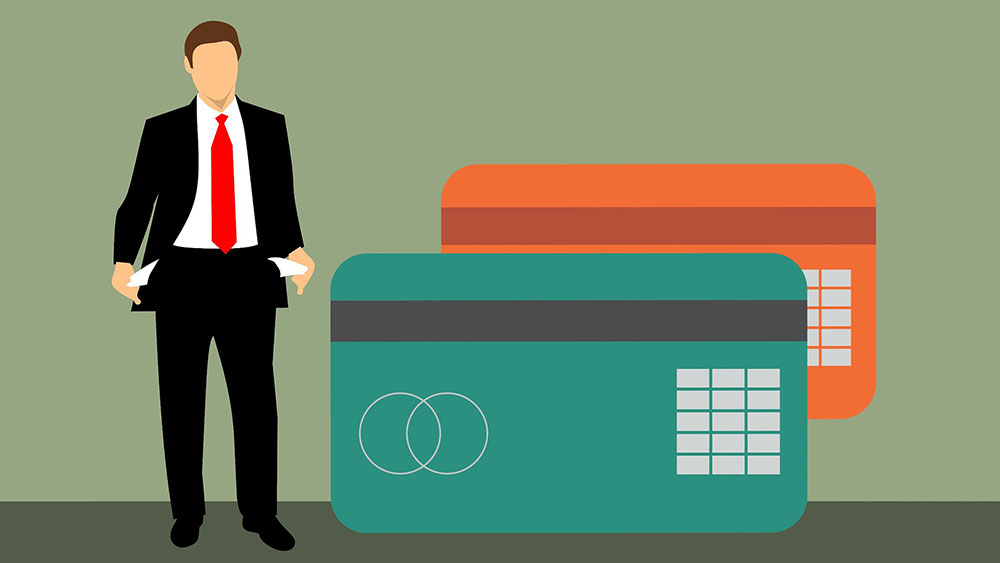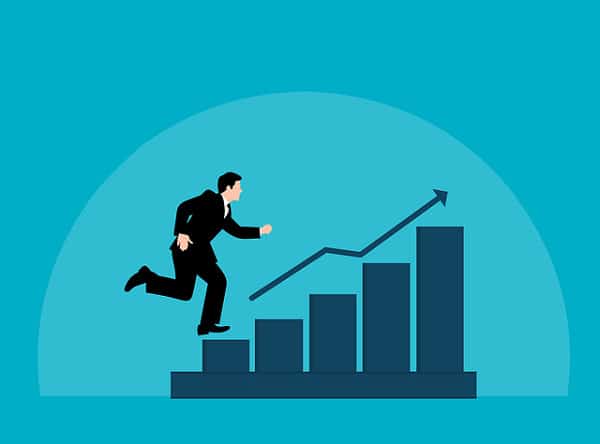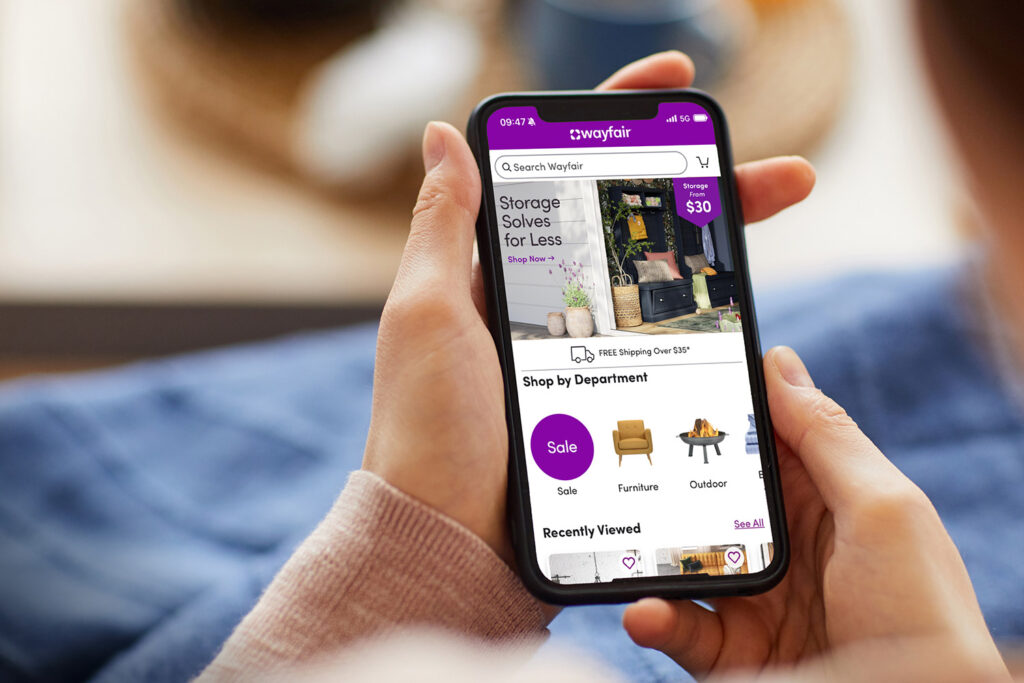In this post:
If you’re like most American consumers, you’ve heard of debt consolidation. But you probably are left wondering what consolidation has to do with debt – and why it matters. As it turns out, consolidating your debts is often the best way to pay them all off.
Top Debt Relief Options
7 Ways To Consolidate Debt
- Balance Transfer Card/Credit Card Refinancing
- Unsecured Personal Loan
- 401k Loan
- HELOC
- Debt Management Plan
- Direct Deposit Promotion
- Reverse Mortgage
What Is Debt Consolidation?
Consolidation means bringing multiple items together in one bundle. Debt is money that a borrower owes to a creditor, who has extended them a loan (often) with interest. Bringing the two together does not seem inherently beneficial. After all, won’t you still be paying the same amount of money you were before? Is it worth the convenience of having one payment instead of a few (or dozens) if you’re paying the same amount of money anyway?
That’s the crux of it, you see. Debt consolidation does not involve paying the same amount of money that you were before. That’s because the financial institution consolidating your debt will offer you a lower interest rate than the rates you currently have. It is very beneficial to have various debt payments consolidated into one payment, as a matter of convenience. Would you rather have to worry about paying five different credit cards on time, or just making a monthly payment?
Debt consolidation looks a little something like this: Let’s say a consumer has three different credit cards. One of those credit cards has a $2,000 balance with a 15% APR. The other card has a $3,000 balance with the same APR. And a third credit card has a $1,000 balance with a 20% APR. Between all three cards, this means they’re paying around $80 of interest per month, or almost a thousand dollars per year – the price of a short vacation or maybe a significant percentage of a mortgage payment.
Now let’s say they get a debt consolidation offer to roll all $6,000 of outstanding debt into a 12% interest rate. Now that they’ve lowered all the APR on each outstanding balance, their monthly interest payment will drop down to $60, and they’ll also shave several hundred dollars of interest payments off their budget for the year. Keep in mind that this is a fairly normal example, as most consumers have around $6,000 of debt total. But what if you have $15,000 or $30,000 or $60,000 in credit card debt? What if you have other outstanding loans like a car loan or a mortgage? This kind of debt situation can become a trap. It’s time to consolidate.
6 Ways To Consolidate Debt

1. Balance Transfer Card/Credit Card Refinancing
You may have seen your bank offering balance transfer promotions. These promotions typically involve a specific duration of 12, 16, 18, or 21 months, with the transferred balances having a 0% APR. What happens is that your bank pays off your credit cards, and now you owe your bank this money instead of the other creditors. The benefit to you is that 0% is certainly much lower than the interest on those cards.
In return, your bank will likely charge a small fee, something around 3%. Don’t let this push you away from the promotion though, because 3% on that money is also much better than the APR you have on those other cards. Credit card interest rates are almost always double digits.
2. Unsecured Personal Loan
An unsecured personal loan is a financial product that is no longer offered by every bank – but for those that do offer it, this can be a great way to perform some consolidation of debt, with you doing the legwork. With an unsecured personal loan, the bank will deposit a cash loan into your checking account. You can use this cash to directly pay off other creditors yourself. Make sure that when you do, you call and get the payoff balance that same day. This is because most credit balances accrue interest every day, not once a month on the day they mail your bill.
Another thing to consider is that unsecured debt means that there is no collateral for the lender to take if the consumer defaults on the loan, which usually means (1) that the loan will be harder to qualify for in terms of creditworthiness and (2) the interest rates can be higher than other types of loans, such as an auto loan, mortgage, or student loan. For these reasons, it may be best to use a personal loan for paying off small balance loans with higher interest rates like credit cards, or even other, previous personal loans.
3. 401k Loan
There may be an opportunity to take out a loan against your retirement plan. For most Americans, the greatest components of their net worth are their primary residences and their retirement portfolio or nest egg. They may be tempted to think, as such, that rectifying a serious blemish in the realm of personal finance requires taking some cash out of their 401k.
But as it turns out, this is a bad idea. 401k loans can come with some steep penalties, such as when the money is in a tax sheltered IRA that is supposed to remain untouched until they hit 59.5 years of age. A workaround for this is to see if the financial institution that manages the money in the retirement account can extend a loan, using the portfolio as collateral.
This loan can be substantially larger than that offered by a credit card balance transfer. It can also be used to pay off larger loans such as a school tuition loan or even a mortgage – provided, of course, that the interest rate on the 401k loan is less than that of the student loan or mortgage.
4. Home Equity Line of Credit
A HELOC, as it is called in banking, essentially involves the bank giving you a credit card with a credit limit equivalent to the amount of equity or ownership you have in your home, or a percentage thereof (depending on their credit department and your credit history).
For example, if you have a $300,000 mortgage on your home but have paid off 66% of it, you may be able to get a HELOC for up to $200,000. While many consumers have used a HELOC for things like repairs and home improvements, some have used a HELOC as a helpful tool for paying off higher interest debts.
Consumers should be careful with a HELOC, however, because in some instances if the HELOC is defaulted on, the bank can initiate foreclosure proceedings on your primary residence (or the property that is securing the HELOC).
5. Debt Management Plan
There are a number of companies that offer credit counseling and some of them can provide a debt management plan. In these instances, the company may attempt to strike a deal with your creditors, negotiating a reduction of the balance or something similar like a debt settlement. This is often a tool used by consumers facing foreclosure or bankruptcy. Just make sure to do your research and choose a reputable debt management company.
6. Direct Deposit Promotion
The direct deposit promotion is not offered by every bank, and it is generally offered only to consumers with good to excellent credit. The direct deposit consolidation takes money out against the credit line and deposits it into your checking account.
So for instance, you will get a lump sum cash deposit, leaving a corresponding balance on your credit card at a promotional rate of (say) 0% for 16, 18, 21, or for however many months the promotion lasts. A consumer can use the money deposited into their checking account in a similar way to the HELOC mentioned above, in that they can use the money to pay off creditors directly. You can ask your bank or credit union if they have promotions like these on the cards they offer.
7. Reverse Mortgage
A reverse mortgage is not usually thought of as a debt consolidation loan, but it may be a smart choice, depending on your situation. To be fair, the reverse mortgage often gets bad press. There are indeed some concerns with taking out a reverse mortgage. But for retired homeowners, the reverse mortgage can be a tool for paying off multiple debt obligations.
The loan amount is essentially going to be the value of the amount of equity you have in your home – and for many retirees, this is 100%. The loan term is, incredibly as it might seem, for as long as the rest of your life. If the loan is not paid off by you, the house will be sold to satisfy the debt, or it can be paid off by your heirs (they are not obligated to do so). If you sell the house, you will also have to satisfy the reverse mortgage lender.
Unlike many other loan types, there is no minimum payment to worry about every month. And unlike a home equity line, there is no end date for the loan other than the end of the life of the surviving spouse. If you’re a bit baffled about why such an incredible form of secured loan debt exists, it was created by the federal government to help aging citizens keep their homes, because home ownership is often casually linked with a strong economy and social stability.
Should I Consolidate My Debt?
A debt consolidation loan can provide you with the debt relief you need if your debts are spread out and too large. Interest charges on a variety of balances can snowball into something massive over time, creating bad credit for you and lowering your credit score if you cannot keep up with your obligations.
Your credit score matters because credit approval is contingent on how you manage your debts. For this reason, we recommend using a credit monitoring service. If you ever need to borrow in the future for a home, car, or student loan, you will need good credit to get a loan with a good interest rate. Sometimes the easiest way to manage your finances is through debt consolidation. This allows you to take a new loan to pay the other ones off at a lower interest rate.






